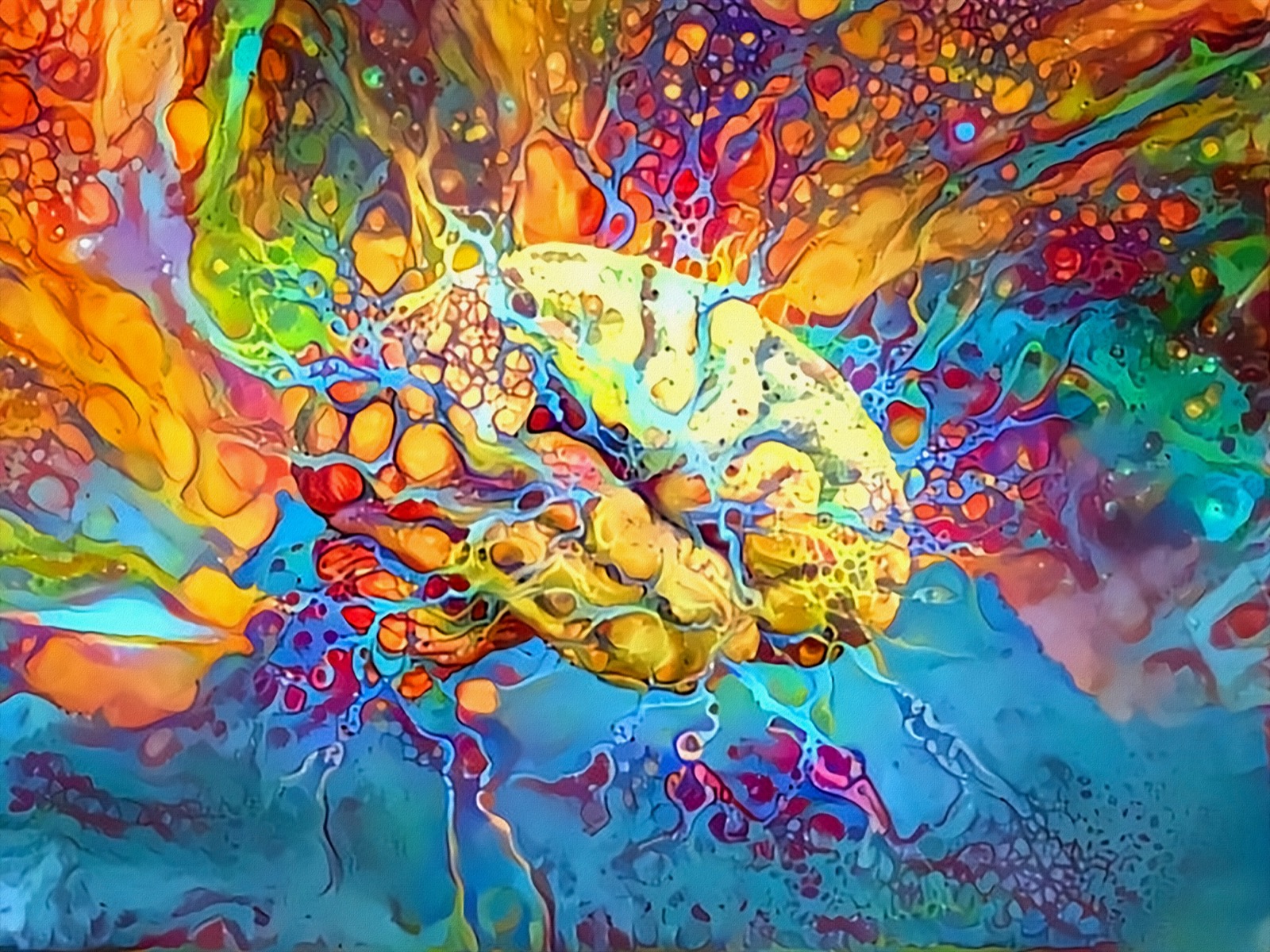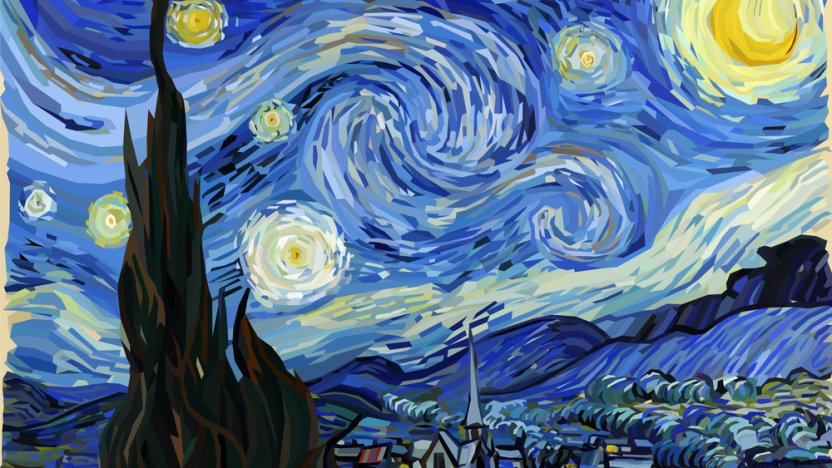The Junction of Politics and Aesthetics in Trump Art
The Junction of Politics and Aesthetics in Trump Art
Blog Article
Embarking on an Aesthetic Journey Through the Lyrical Interpretations of Nature in Impressionist Landscapes
Each brushstroke, each play of light and shadow, and each color selection in their jobs talks volumes regarding the artists' deep connection to nature and their capability to translate its elegance onto the canvas. As we explore the lyrical analyses of nature in Stylist landscapes, we are welcomed to submerse ourselves in a world where reality and feeling link, providing a glance into the artists' extensive admiration for the all-natural globe.
The Exciting Brushstrokes of Claude Monet
Claude Monet's proficiency of brushstrokes goes beyond plain strategy, imbuing his landscapes with an aerial quality that enthralls and mesmerizes visitors - trump art. His innovative usage of color and light, integrated with his distinct brushwork, creates a sense of motion and life within his paintings. Monet's popular series of works showing water lilies and his renowned haystacks showcase his ability to capture the fleeting effects of light and ambience

Checking Out Light and Darkness With Camille Pissarro
Symbolizing a similar respect for the interplay of light and shadow, Camille Pissarro's artistic vision unfolds as a harmonious expedition of the environment's luminescent nuances. Pissarro, an essential number in the Impressionist motion, masterfully recorded the vibrant relationship between light and darkness in his landscapes. His skilled use of color and brushwork enabled him to convey the subtle shifts in light that define different times of day and seasons.
Pissarro's paints frequently include spotted sunshine infiltrating fallen leaves, casting complex patterns of light and darkness on the earth listed below. In works such as "Hoar Frost, the Effect of Snow, Pontoise," Pissarro skillfully portrays the crisp brightness of winter months sunshine compared with the awesome darkness that define the snowy landscape. By embracing both light and shadow in his make-ups, Pissarro invites customers to immerse themselves in the natural elegance and transient effects of light on the planet around them.

Via Pissarro's jobs, we are reminded of the transformative power of light and darkness, welcoming us to pause and appreciate the fleeting minutes of appeal present in the everyday landscapes that border us.
A Harmony of Colors by Edgar Degas
Edgar Degas orchestrates a vibrant symphony of colors in his skillful art work, instilling his make-ups with a dynamic interaction of colors that astound the audience's stare. Known mostly for his ballet professional dancers and intimate scenes of Parisian life, Degas skillfully adjusted shades to convey mood and motion in his paints. trump art. His usage of vibrant, different shades and subtle tonal variations produced a sense of depth and vibrancy within his works
Degas' shade palette frequently included rich blues, deep eco-friendlies, and cozy oranges, which he applied with certain brushstrokes to record the essence of his topics. Whether portraying a ballerina mid-performance or a team of buddies speaking at a coffee shop, Degas' colors not only portrayed the scene yet likewise evoked a feeling of emotion and energy.
Moreover, Degas' testing with light and shadow added an added layer of intricacy to his color structures, improving the general ambience of his paints (trump art). Via his skilled control of shade, Degas created an aesthetic harmony that continues to reverberate with audiences today
Checking out Nature's Calmness With Berthe Morisot
Berthe Morisot's artistic vision provides a tranquil separation from the vivid color harmonies of Edgar Degas, as she catches the tranquility of nature in click over here her evocative landscapes. Known for her delicate brushwork and intimate portrayals of daily life, Morisot's landscapes exhibit a feeling of peace and consistency.
Morisot's paints usually include soft, low-key tones that convey a feeling of calmness and serenity. Her works, such as "The Cradle" and "Summer's Day," display her capacity to record the refined appeal of nature in a way that is both comforting and reflective to the customer.
Unlike some of her Stylist equivalents who concentrated on bold shades and vibrant compositions, Morisot preferred to create gentle, reflective scenes that invite the visitor to stop and reflect. With her masterful use of light and shadow, Morisot develops a sense of harmony that resonates with the audience on a deep psychological level.
The Psychological Landscapes of Vincent Van Gogh
Vincent Van Gogh's landscapes strongly share a deepness of feeling via their dynamic brushwork and expressive use shade. The Dutch post-impressionist musician is renowned for his capability to record raw and intense feelings in his paintings, going beyond conventional representations of nature. Van Gogh's turbulent personal life, marked by psychological wellness struggles, considerably influenced his art, infusing his landscapes with a feeling of anxiousness, sorrowful, or exuberance.
In jobs such as "Starry Evening" and "Wheatfield with Crows," Van Gogh's swirling brushstrokes and vivid shade choices stimulate an extensive emotional reaction from customers. The rough skies and upset landscapes in his paintings show his inner turmoil and emotional disturbance, welcoming visitors to delve into the complexities of his mind.
Van Gogh's one-of-a-kind visual language, characterized by exaggerated perspectives and vibrant use shade, creates landscapes that reverberate with audiences on a deeply psychological degree. Through his art, Van Gogh invites us to see nature not equally as an outside truth however as a mirror of our innermost Recommended Site sensations and emotions.
Verdict
Finally, the impressionist landscapes of artists such as Claude Monet, Camille Pissarro, Edgar Degas, Berthe Morisot, and Vincent Van Gogh use a special and fascinating visual interpretation of nature. With their usage of brushstrokes, color, light, and emotion, these musicians have actually created a harmony of images that evoke a sense of tranquility and charm in the environment. Their jobs remain to influence and captivate audiences with their lyrical analyses of the landscapes around us.
Each brushstroke, each play of light and shadow, and each shade selection in their jobs talks quantities concerning the musicians' deep link to nature and their capability to convert its appeal onto the canvas. His innovative usage of shade and light, integrated with his unique brushwork, creates a sense of activity and life within his paints. His experienced use of color and brushwork allowed him to communicate the subtle shifts in light that define different times of day and seasons.

Report this page